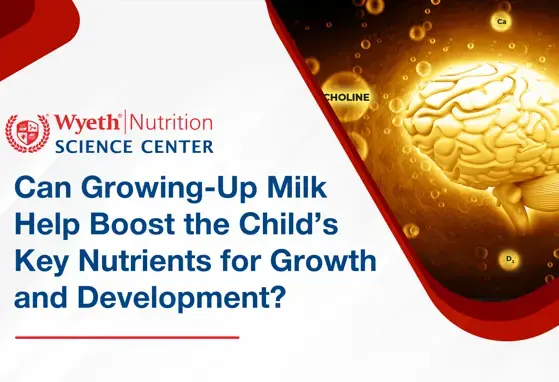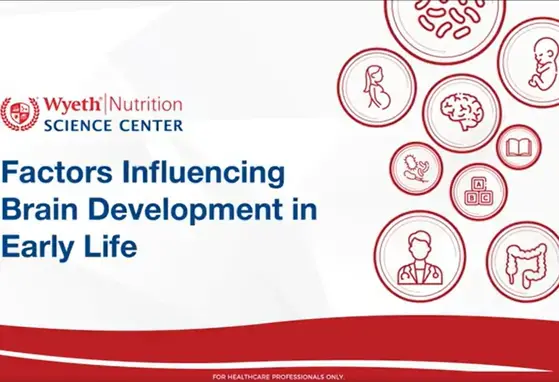[Hot Science] Phospholipids in human milk and infant formulas: benefits and needs for correct infant nutrition
![[Hot Science] Phospholipids in human milk and infant formulas: benefits and needs for correct infant nutrition](/sites/default/files/styles/header_image_article_mobile/public/2019-11/image%285%29_0.jpg.webp?itok=Ky0pbGqZ)
Human milk is regarded as the optimal food during early life and fat is one of the important nutrients accounting for about 50% of total energetic value, with a high level of fatty acids in the form of triacylglycerols and 0.2-2.0% available in the form of phospholipids (PLs)
Background:
- This review explores and summarises the benefits of PLs and differences in composition between human milk and infant formulas
Key Points:
- PLs in milk are mainly situated in the milk fat globule membrane (MFGM), where sphingomyelin (SM), phosphatidyl-ethanolamine (PE) and phosphatidylcholine (PC) are the predominant classes of PLs in human milk, with total PL level ranging between 9.8-47.4 mg/100 ml
- PLs provide long-chain polyunsaturated fatty acids (LCPUFAs) and choline, which are nutrients needed for optimum development in newborns
- There is a significant rise in the relative proportion of SM during the transition from colostrum to mature milk, which matches the increased SM content of human brain during the 1st year of life
- For newborn infants and small children, SM and PC are the main sources of choline*, and jointly account for ~40-50% of cellular membrane composition
(*Choline is a precursor of neurotransmitters, and is considered essential for optimum development of the brain)
- Comparison of SM and PC contents between human milk and infant formula:
Human milk Infant formula (made from bovine milk) SM comprises 28.9-43.3% of the total human milk PLs, which represents the most prevalent form In general, infant formulas contain less SM than human milk SM is usually present in higher proportions than PC PC content is higher than SM content
Conclusion:
- Despite the health implications of PL in child development, there is currently a lack of nutritional recommendations for this class of fat in the field of infant nutrition and further studies on this subject are warranted
Reference
Cilia A, Quintaes KD, Barberá R, Alegría A. Phospholipids in human milk and infant formulas: benefits and needs for correct infant nutrition. Crit Rev Food Sci Nutr. 2016;56:1880=1892.
WYE-EM-263-NOV-16
If you liked this post you may also like

Infographic - Can Growing-Up Milk Help Boost the Child's Key Nutrients for Growth and development?

The Learning Lead - Volume 2, 2024: "Can Growing-Up Milk Help Boost The Child’s Key Nutrients for Growth and Development?"

Factors influencing brain development in early life
